Disclosure: This article contains affiliate links. We may earn a commission from purchases at no extra cost to you, which helps our travel content.
Standing at the precipice of Pilot Butte, watching the alpenglow paint the Three Sisters peaks in hues of amber and rose, I'm reminded why Bend captured my scientific curiosity and adventurous spirit. As a geologist who's studied volcanic formations across five continents, I can attest that central Oregon's landscape offers a rare convergence of accessible geological wonders and seasonal recreational opportunities that few destinations can match. The ancient volcanic activity that shaped these mountains has created a playground for both scientific exploration and exhilarating outdoor pursuits that change dramatically with each passing season.
Winter: Volcanic Slopes Transformed by Snow
When winter blankets the Cascade Range, Bend transforms into a snow sports paradise built upon ancient volcanic terrain. Mt. Bachelor, a 9,000+ foot stratovolcano formed roughly 15,000 years ago, offers some of the finest powder skiing in the Pacific Northwest. The mountain's conical shape—a textbook example of shield volcano formation—creates natural fall lines that make for exceptional skiing across 4,300 acres of terrain.
During my first Bend winter, I joined a group of visiting geologists for a backcountry tour beyond the resort boundaries. Equipped with my avalanche safety kit and touring skis, we explored the remnants of ancient lava flows now buried under feet of pristine snow. The juxtaposition was remarkable—recreational thrill atop millions of years of geological drama.
For groups seeking a unique winter experience, I recommend the moonlight snowshoe tours through Deschutes National Forest. Under the stars, the silhouettes of ponderosa pines against snow-covered lava fields create an otherworldly landscape that connects human experience to geological timescales.

💡 Pro Tips
- Rent specialized equipment in Bend rather than bringing your own if flying in
- Book Mt. Bachelor lessons at least two weeks in advance during peak season
- Always check avalanche forecasts before backcountry adventures
Spring: Geological Wonders Revealed
Spring in Bend brings a remarkable transition as snowmelt reveals the region's volcanic foundations. This is prime season for geological exploration as accessibility improves while crowds remain thin. The Newberry National Volcanic Monument becomes my classroom during these months—a 1,200 square mile testament to the power of volcanic activity.
The Lava River Cave, Oregon's longest lava tube at over a mile in length, provides an excellent opportunity to witness how molten basalt creates hollow chambers as its exterior cools while the interior continues flowing. When guiding friends through this subterranean wonder, I always ensure everyone brings proper illumination. My headlamp has proven invaluable for hands-free exploration of these dark volcanic features.
For groups with varied interests, spring offers a perfect blend of activities. While some members explore geological sites, others can enjoy emerging mountain biking trails or the first rounds of golf on courses dramatically situated among lava outcroppings. The seasonal waterfalls along the Deschutes River reach peak flow during this period, creating natural hydrology exhibits that complement the volcanic landscape.
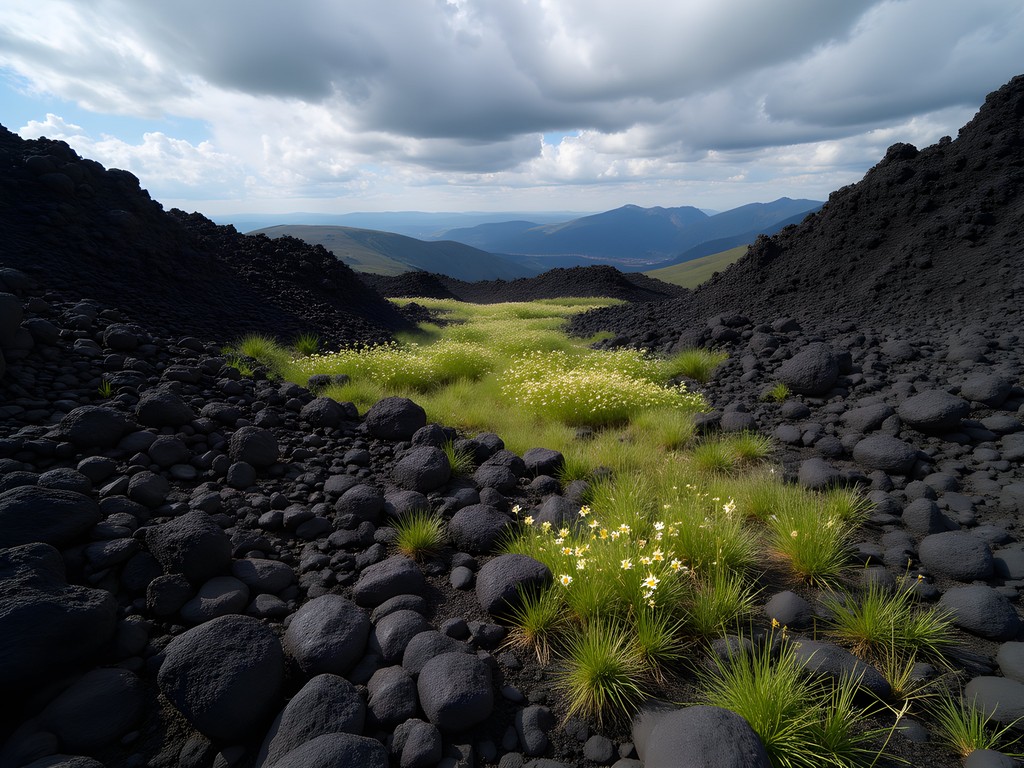
💡 Pro Tips
- The temperature inside Lava River Cave remains 42°F year-round—bring layers
- Visit Newberry Caldera midweek to avoid crowds
- Combine morning geology tours with afternoon recreation for balanced group itineraries
Summer: High-Altitude Exploration and Alpine Lakes
Summer transforms Bend into a basecamp for high-altitude adventures, when even the loftiest Cascade peaks become accessible. The Three Sisters—Faith, Hope and Charity as early settlers called them—stand as massive stratovolcanoes with distinctly different ages and compositions, offering a natural laboratory for understanding volcanic evolution.
Last July, I guided a group of former colleagues along the Green Lakes Trail, which winds between South Sister and Broken Top mountains. The glacial moraines and alpine lakes provide textbook examples of how volcanism and glaciation have shaped this landscape in tandem. For serious hikers in your group, summiting South Sister (10,358 ft) offers unparalleled views and a chance to peer into its glacial crater.
My essential summer gear always includes trekking poles to navigate the volcanic scree and a water filtration system for refilling from alpine streams. The high desert climate means dramatic temperature swings; even in August, summit temperatures can drop below freezing overnight.
For astronomy enthusiasts like myself, summer brings another dimension to Bend's appeal. The clear mountain air and minimal light pollution create ideal conditions for stargazing. The Oregon Observatory at Sunriver, just south of Bend, hosts nightly viewing sessions where the Milky Way stretches dramatically above the volcanic landscape.
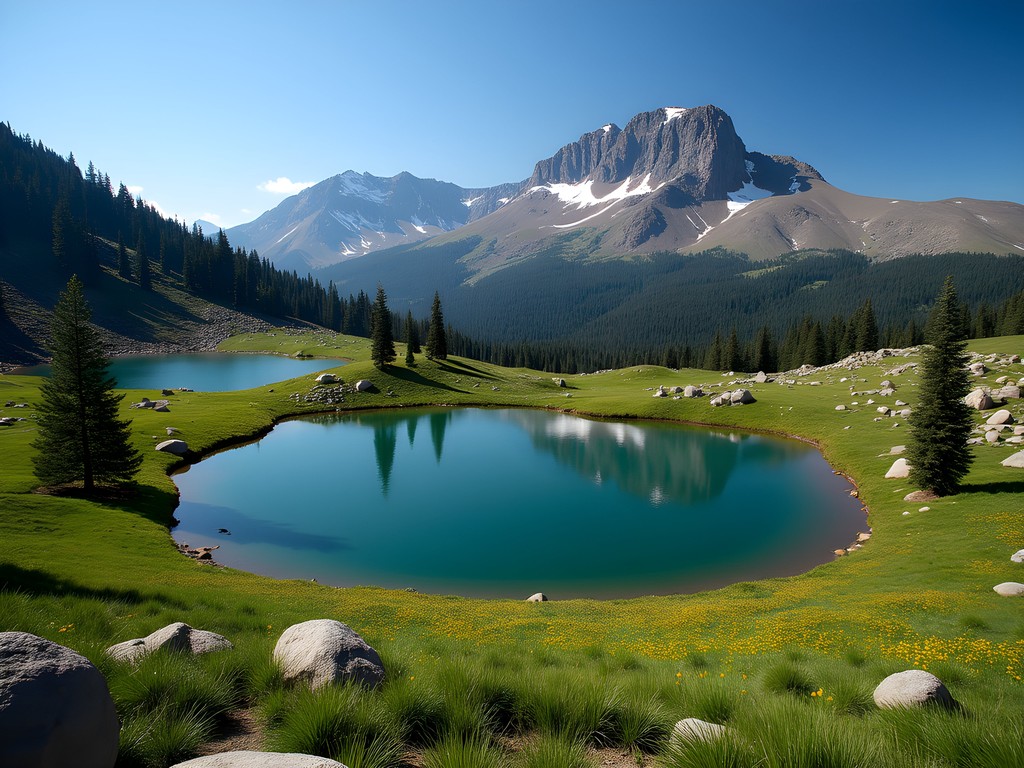
💡 Pro Tips
- Start alpine hikes by 7am to avoid afternoon thunderstorms
- Acclimatize for 2-3 days before attempting peaks above 9,000 feet
- Reserve permits for South Sister months in advance during peak season
Fall: Cultural Connections and Geothermal Wonders
Fall brings a spectacular transformation to Bend's volcanic landscape as aspens and cottonwoods along the Deschutes River create golden corridors through the black lava fields. This season offers my favorite combination of moderate temperatures, reduced crowds, and exceptional visibility for geological appreciation.
The geothermal features around Bend become particularly appealing as temperatures drop. After a day of exploration, there's nothing quite like soaking in the natural hot springs that result from the region's volcanic activity. Paulina Hot Springs in the Newberry Caldera exemplifies how magmatic heat continues to influence surface features long after eruptions cease.
For cultural enrichment, fall brings the BendFilm Festival, where I've enjoyed documentaries about environmental conservation and geological phenomena. The High Desert Museum also offers excellent exhibits connecting human history to the volcanic landscape, including the indigenous peoples' relationship with these mountains.
When temperatures drop in the evening, my insulated jacket has proven perfect for Bend's fall climate. For groups with photography interests, I recommend bringing a polarizing filter to capture the dramatic contrast between fall foliage and volcanic rock formations.
One autumn tradition I've established is watching soccer matches at local breweries after a day of exploration. Bend's craft beer culture has embraced the volcanic theme—many breweries incorporate lava rock into their architecture and name their brews after geological features.

💡 Pro Tips
- Schedule hot springs visits for weekday mornings to avoid crowds
- Bring binoculars for spotting migrating birds along the Deschutes River
- Combine outdoor activities with Bend's excellent cultural offerings for balanced group itineraries
Final Thoughts
After countless field seasons studying volcanic formations worldwide, I find Bend's accessibility and diversity of geological wonders truly exceptional. What makes this region particularly valuable for group travel is how it layers recreational opportunities atop scientific significance—creating meaningful experiences regardless of one's background or interests. The volcanic processes that shaped these mountains over hundreds of thousands of years have produced not just a scenic backdrop but a dynamic playground that transforms with each season.
As you plan your own Cascade adventure, remember that Bend's mountains offer more than just recreation—they provide a tangible connection to Earth's most powerful forces. Whether you're skiing down ancient lava flows in winter, exploring newly-revealed geological features in spring, summiting volcanic peaks in summer, or soaking in geothermal springs during fall, you're participating in the ongoing story of a landscape in constant evolution. I encourage you to approach these mountains with both a sense of adventure and curiosity about the geological drama that created them. The Cascades around Bend don't just offer activities—they offer perspective on our brief human moment within Earth's magnificent geological timeline.
✨ Key Takeaways
- Bend offers distinct seasonal experiences across its volcanic landscape
- Group itineraries should balance outdoor adventure with geological exploration
- Proper equipment and advance planning are essential for safe mountain activities
- Understanding the geological context enhances appreciation of recreational pursuits
📋 Practical Information
Best Time to Visit
Year-round, with each season offering unique experiences
Budget Estimate
$150-300 per person per day including accommodations, activities and meals
Recommended Duration
10-14 days for comprehensive seasonal exploration
Difficulty Level
Moderate To Challenging, Depending On Specific Activities

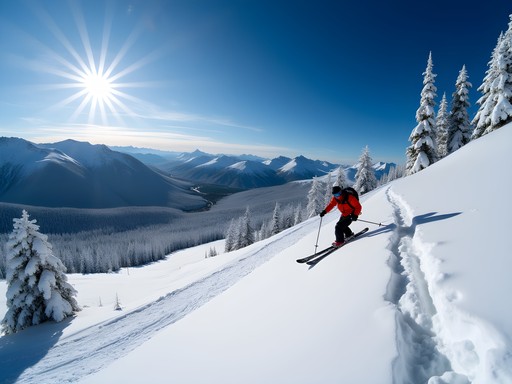
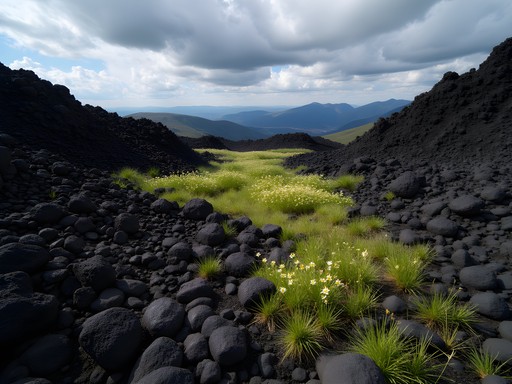
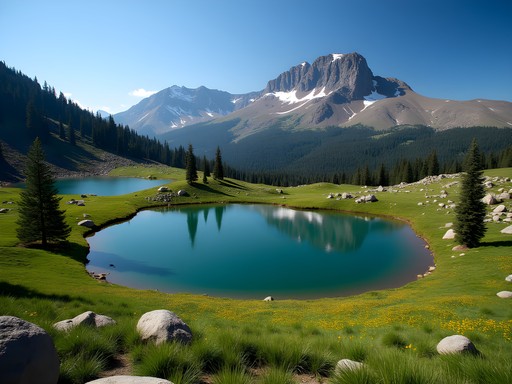
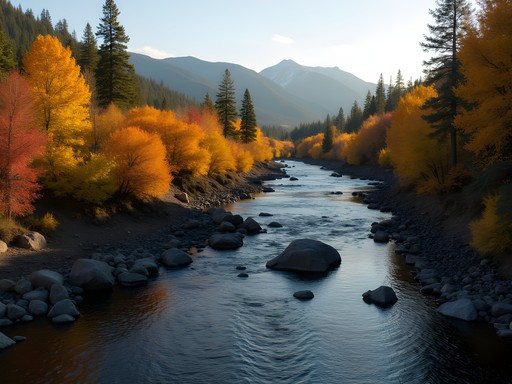


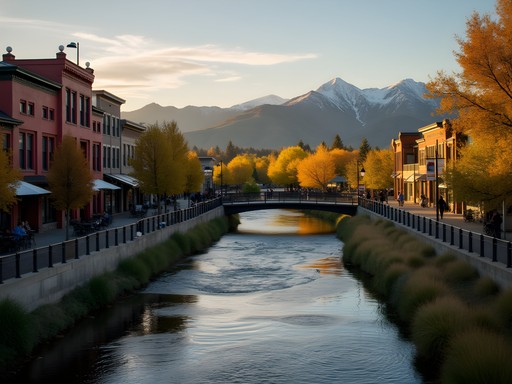
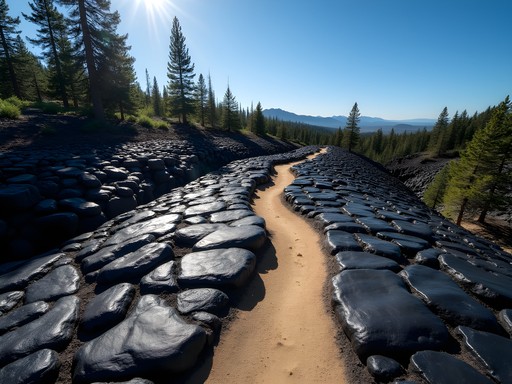
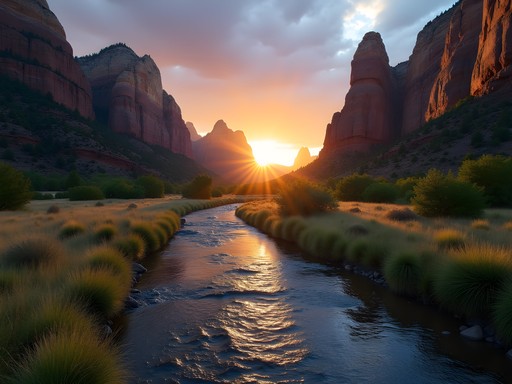
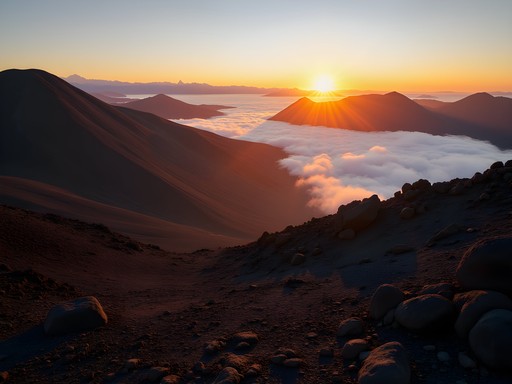
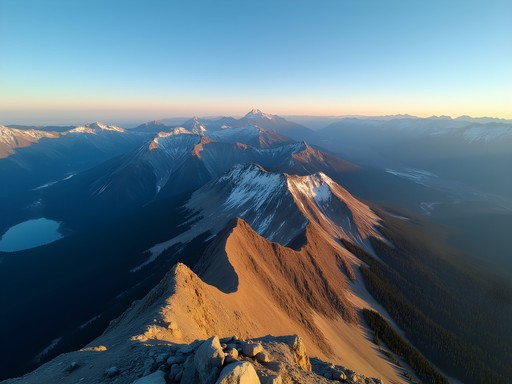


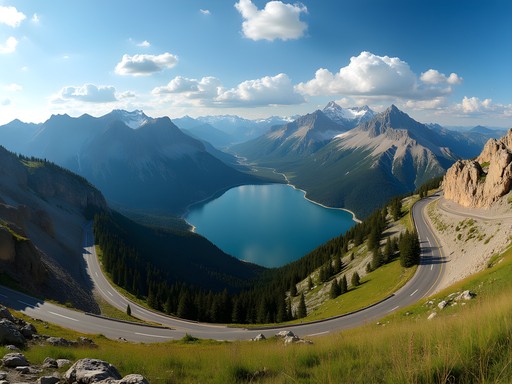
Comments
Taylor Moreau
Robert's geological insights add wonderful depth to understanding Bend's landscape. Having visited for several conferences over the years, I've always appreciated how the volcanic history shapes everything from the terrain to local architecture. For business travelers with limited time, I highly recommend the Cascade Lakes Scenic Byway - you can experience multiple ecosystems in just a few hours if you're between meetings. The Newberry Volcanic Monument is also accessible for quick visits. Excellent guide that goes beyond typical tourist recommendations.
wintermood
Is December too late for fall activities but too early for good skiing? Thinking about a pre-holiday trip but worried about timing.
Taylor Moreau
December in Bend can be hit or miss. Mt. Bachelor typically opens by Thanksgiving, but snow quality varies. The geothermal attractions mentioned in the fall section are accessible year-round. I'd suggest planning for both scenarios - have some winter activities lined up but also some lower-elevation options in case the snow is limited.
coffeeninja
Just got back from Bend last week and this post is spot on! The summer alpine lakes are absolutely magical. We spent three days exploring the high lakes and I've never seen such clear water. Brought my hiking poles which were lifesavers on some of those volcanic trails. Pro tip for anyone going: the temperature difference between town and up in the mountains can be shocking - pack layers!
wintermood
Which alpine lake was your favorite? Planning a trip for next summer!
coffeeninja
Definitely Green Lakes! The view of South Sister reflecting in the water is unreal. Just start EARLY - parking fills up fast.
backpackperson
Those Three Sisters peaks look incredible! Adding to my bucket list.
wanderlustlegend
This post is giving me life! I visited Bend last winter and completely fell in love with Mt. Bachelor. The volcanic terrain under all that snow creates such unique skiing! That view from Pilot Butte at sunset is exactly what convinced me to extend my stay for an extra three days. Robert, did you check out Tumalo Falls? I hiked there during a random warm spell and it was practically empty - felt like having my own private waterfall!
Taylor Moreau
Tumalo Falls is indeed a hidden gem when you catch it at the right time. I was there last October during a business trip and managed to squeeze in a visit between meetings. The fall colors were spectacular.
wanderlustlegend
Oh nice! I bet the fall colors were amazing. Definitely need to go back in a different season!
Scarlett Bryant
Robert, I'm curious about your scientific background - have you published any papers on the Cascade volcanoes? Your insights about the geological formations are fascinating and much more detailed than typical travel guides.
oregonexplorer
Love your photo of the alpenglow on Three Sisters! What time of year was that taken?
Robert Garcia
Thank you! That was taken in late September, about an hour before sunset. Fall tends to have the most dramatic lighting for mountain photography in Bend.
cascades_fan
Those winter photos are making me want to book a trip right now!
mountain_lover_55
Those Three Sisters peaks look incredible! Adding Bend to my bucket list!
solo_trekker
Pro tip: If you're doing the South Sister hike in summer, start SUPER early (like 4am with headlamps). You'll beat both the crowds and the afternoon thunderstorms that roll in almost daily.
Venture X
Premium card with 2X miles, $300 travel credit, Priority Pass